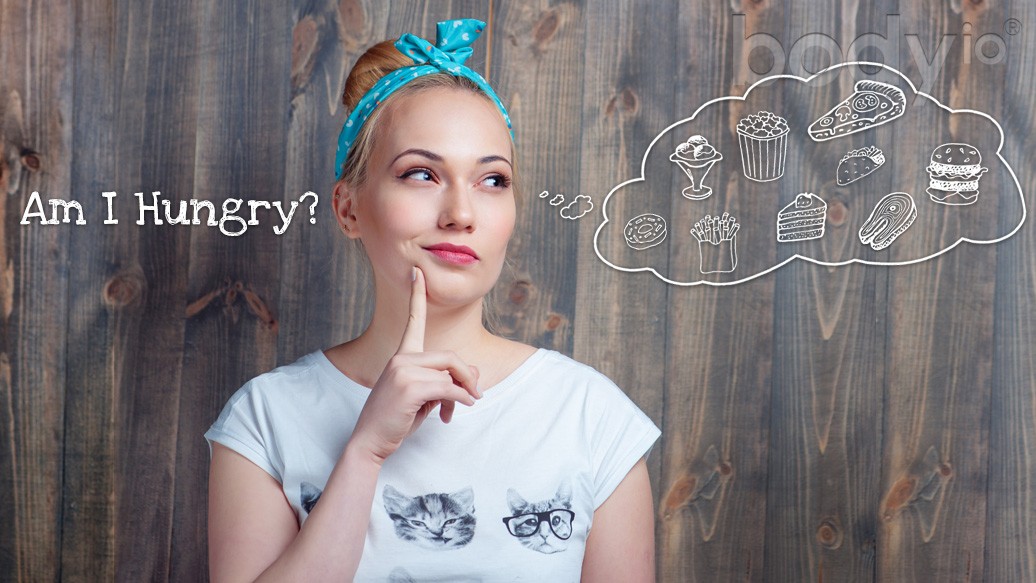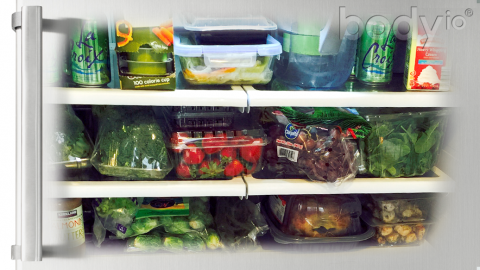Guilty
Every time I would go and visit my parents, there was one predictable thing that I’d do every time I entered their house. In fact, it was so calculable that if I had a nickel for every time I did it, I would have more than just a bit of pocket change.
As I approached the front door, I would turn the knob, pass through the entry, and walk down the shallow hall. I’d take an immediate left and glide toward the familiar golden doors. These doors were exciting! Opening the doors would expose the answers to any wonder I had about what lay behind them. Needless to say, I was never disappointed…
Frito-Lay® chips, Pepperidge Farm® chocolate chip cookies, Doritos®, Little Debbie® Nutty Bars and my favorite…Cheez-It® crackers. Ah yes, these cabinet doors were the very familiar gates to the family Snack Zone. That cabinet was my safety blanket for so many years.
Eureka!
As an adult, even after I became less interested in snack foods, the actions I took upon the arrival at my parents’ house were still predictable.
Although I still felt curiosity at what lay behind the cabinet doors, it was not the same level of desire that I had when I was a child. I was committing the same suspicious moves out of habit, and not necessarily for the short-term bliss of amusement.
Reaching this conclusion is what is now recognized as mindful eating.
Mindful Eating
Researchers at the University of California, San Francisco, studied 47 overweight and obese women who were divided into two groups. One group received mindfulness training aimed at reducing “stress” eating, whereas the other group did not. After four months, the group that received the training revealed lower cortisol levels, less external-based eating, lower anxiety, and a maintained weight level as compared to the non-mindful group. Members of the non-mindful group had actually gained weight[1].
In coaching clients using Carb Backloading™ and The Carb Nite® Solution, the what that we eat is the obvious point being tackled. However, when it comes to reaching goals and maintenance, recognizing the when and why we eat, is an important skill that I hope my clients develop as part of their journey towards better health.
Mindful eating means making honest observations of when you’re feeling anxiety, boredom, guilt, depression, or stress. You aren’t necessarily judging the emotions, but rather accepting them. Accepting them brings an awareness, allowing you to take a step back and pay attention to your hunger, needs, or wants in any given moment.
Mindful eating means not letting your old habits—such as my waltz to the cabinets—dictate your life. It means paying attention to the present moment, and deciding whether or not you really need or desire those cookies. Mindfulness consists of having an intention, such as improved performance or fat loss, and then paying attention in order to accomplish those goals. Here are some great tips inspired by a book I recently read, Eat What You Love Love What You Eat, by Michelle May, MD.
4 Tips to Becoming a Mindful Eater
1) Ask yourself: “Why am I eating?”
On your road trip towards the cabinet or fridge, put a speed bump in your path. Ask yourself a simple question: ‘Why am I eating?’ Take a moment to reflect on what is dictating your actions. Is it physical or emotional? If you truly aren’t hungry, then redirect your energy towards something else.
2) Recognize physical signs
Scan your body—especially your stomach—for physical signs, Dr. May advises. Scan your body from head to toe. Are you experiencing any tension? Tightness? Worried thoughts? Those may be signs that you aren’t experiencing true hunger. However, if you feel actual rumbling, growling, or a hollow sensation, then this could be a sign of physical hunger.
3) Redirect your energy
Go for a short walk outside. I challenge you to observe something new within yourself or in nature. When you return home, re-evaluate if you’re actually hungry…you may be surprised. Maybe the observation you made while walking was an underlying emotion that you initially wanted food to satisfy. You can also redirect your attention towards other activities, such as reading, journaling, or heck…go surf for a while online. It’s dangerously easy to get lost on the World Wide Web—just make sure to stay away from the food porn.
4) Recognize when you feel full
“Mindful eating is not about being good but about feeling good,” said Dr. May. Setting an intention before you eat can be preventative to overeating. Ask yourself, ‘How do I want to feel when I’m done?’ There is nothing worse than sitting down for your lunch break, overeating, and then later feeling so low in energy that the only thing on your mind is a nap. IT ISN’T WORTH IT!
The Takeaway
When you’re mindful of your eating, your brain is less preoccupied with food. Research has shown that those with mindful eating habits are more efficient in their brain network, indicating less preoccupation with the thought of food[2]. Be in control of what you eat, and don’t let food control you. Food should be a friend, not a foe. Mindful eating is key weight management. Your mind is the key to lock or unlock the doors. Whether it be to the fridge, the pantry, or your parents’ snack cabinets…remember that the choice is yours.
[expand title=”References (click to expand)”]
- Daubenmier, J., et al. “Mindfulness Intervention for Stress Eating to Reduce Cortisol and Abdominal Fat among Overweight and Obese Women: An Exploratory Randomized Controlled Study.”Journal of Obesity (2011): Article ID 651936
- Paolini, B., et al. “Coping with Brief Periods of Food Restriction: Mindfulness Matters.”Frontiers in Aging Neuroscience 4 (2012): 13.
[/expand]












